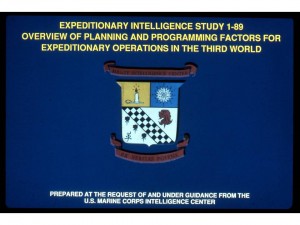NEW: 1990 Expeditionary Environment Regional & Country Summaries
General Al Gray, USMC, then Commandant of the Marine Corps (CMC) created the Marine Corps Intelligence Center (MCIC) at the same time that he created the Marine Corps University (MCU). He was guided by the reality that the larger serices–the Army, Navy, and Air Force–devoted all of their attention to trainng, equipping, and organizing for “Big War” against the Soviet Union and China. He also recognized that there were many strategic assumptions in the Planning, Programming, and Budgeting System (PPBS), including the assumption, by the large services, that they would have lead times for deploying and employing forces abroad.
The U.S. Marine Corps, as the Nation's force in readiness, did not and does not have that luxury. It is unique in three respects:
1) It is a Congressionally-mandated combined arms force;
2) It is intended to excel at littoral and expeditionary operations including opposed amphibious landings and Non-Combatant Evacuation Operations (NEO); and third
3) It must have, to be successful, the lightest possible logistics and mobility foot-print.
Below are two slides thaf illustrate the power of the Expeditionary Analytic Model that was devised for MCIC. The firt shows the importance of holistic analytic of military, civil, and natural factors at each of the four levels of war and peace. The second shows that the threat depends on the level of analysis (including the duration and purpose of the mission).
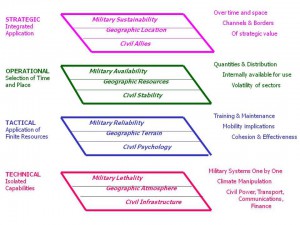
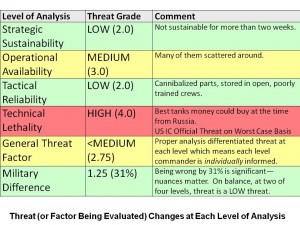
Below are the first pages leading to the entire documents of the Strategic Generalizations that were derived from a properly-constructed holistic model, generalization that should but do not guide how we train, equip, and organized our military; and the model itself, which uniquely also established degrees of difficulty for each mission area factor, degrees of difficulty defined by the respective operational managers in their terms.
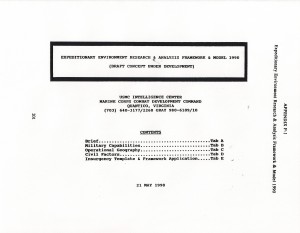
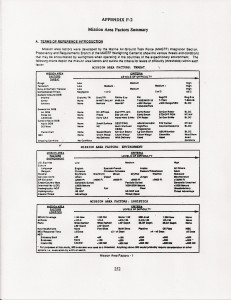
Below is the briefing on the Model and its Findings as prepared for Marine Corps leaders at all levels. The strategic generalization are very important–for example, the expeditionary environment is characterized by a hot humid day, not the “standard aviation day” that the Navy and Air Force build airplanes to, which is not hot and not humid. THIS MEANS that for the Marine Corps, any aircraft built to Navy and Marine Corps specification is automatically degrated at full operational capability (FOC) to half the lift, half the range, and half the loiter time over Marines on the ground being supported.
